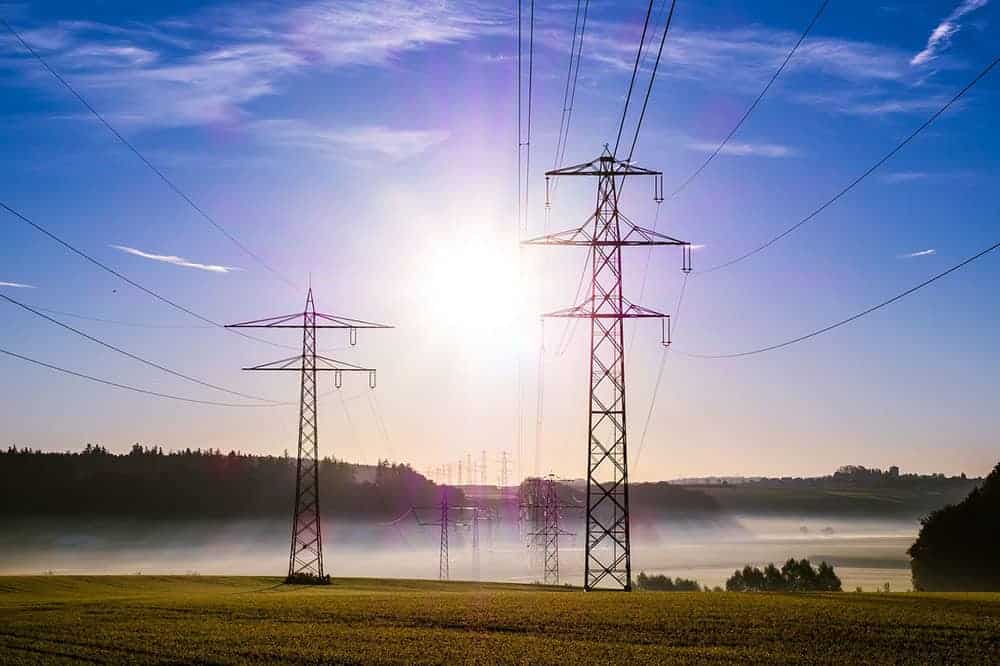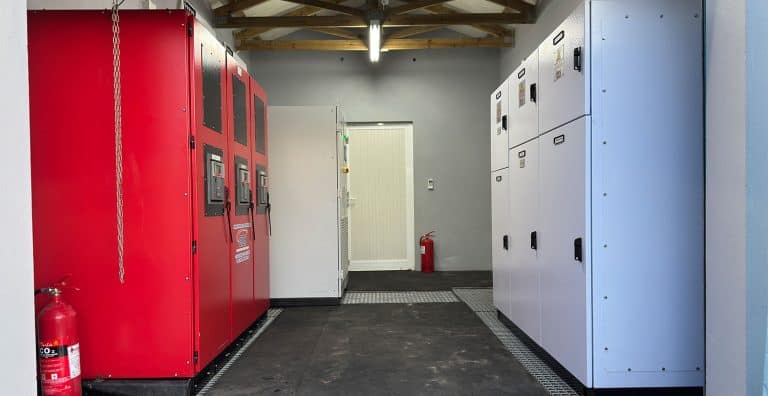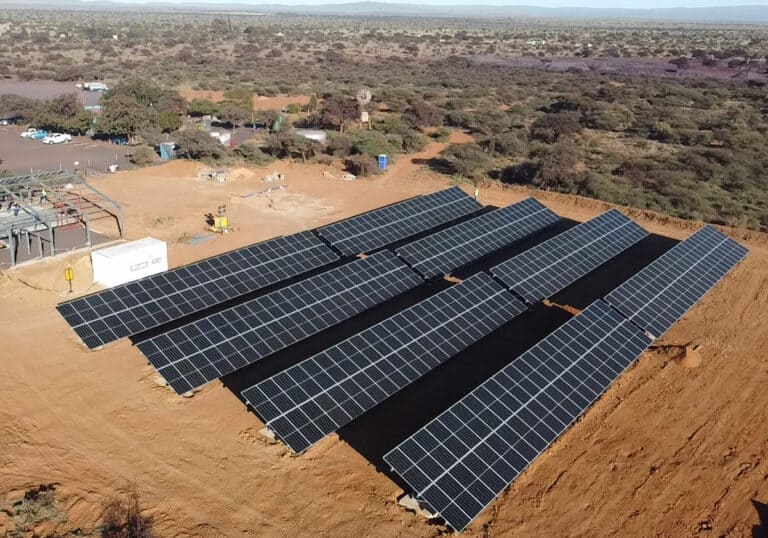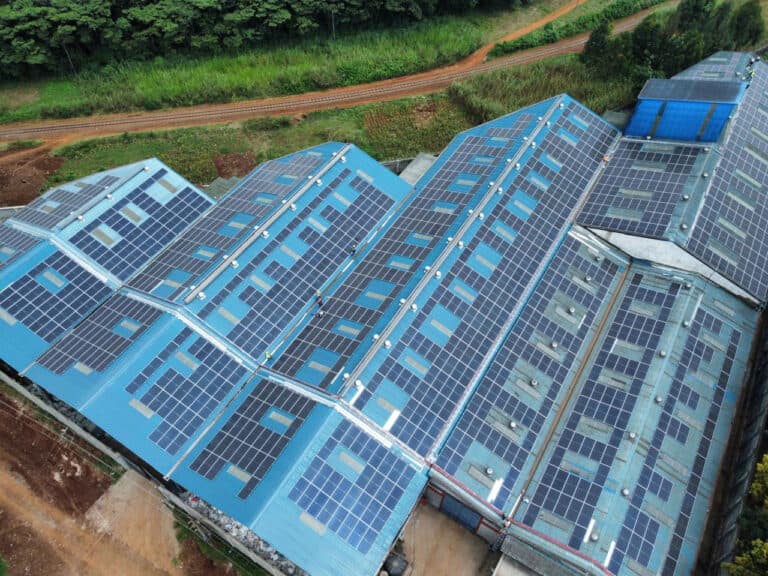Unplanned Maintenance
On the one side of the scale, Eskom have to deal with unplanned maintenance at power stations, grid problems and cable theft, which adversely affects their energy production. On the other side, people and business need Eskom electricity. This need for power increases as more people get grid connection, purchase appliances and the country grows in production. The act of keeping an adequate reserve margin is becoming quite tricky.
Eskom Grid Management
The reserve margin in this case is the excess of the country’s energy supply over the country’s demand. The supply should always be greater than the demand, otherwise there will be serious damage to the grid infrastructure. The Eskom grid management will always shut-off areas before the demand increases beyond their production capabilities. This why unplanned maintenance or power-station shutdown have such a major impact throughout the country. Unplanned maintenances have grown considerably over the past few years, not surprising since most power stations need to run all the time to keep the lights on.
Improving Energy Consumption
Eskom has not just sat back, they have taken a number of active initiatives to cushion South Africans and assist them in improving their energy consumption. Billions have been spent on rebates, encouraging large-scale renewable projects, education, free technology installations and policy alignment. All these measures have been designed to alleviate the pressure on the Eskom grid, while ensuring people maintain or improve their access to energy. Energy efficiency, reducing energy demand, is where Eskom rebates were so attractive that some projects received as much as 50% of their capex in rebate.
Building Coal Power Stations
After many decades of adding no capacity, Eskom started the journey of increasing their power stations in 2005. Now, more than 8 years later Eskom have managed to source most of its funding requirements of R300 billion to build Medupi and Kusile coal power stations. During 2014, Global rating agencies downgraded Eskom’s credit rating. Luckily government has provided guarantees to ensure Eskom can continue getting required finances. Eskom had to spend large amounts on diesel to provide power for the country, which depleted the operational budget, putting further cashflow strain on the already beleaguered national energy supplier.
Growing Debt
A major challenge which seems insurmountable is the growing municipal debt, which Eskom is carrying. Due to poor management and income collection and these decentralised municipal districts, some are heavily in debt. A specific challenge is Soweto, where 80% of the power is provided for free. This is not by choice, but because the payments received account for only 20% of what is actually billed.
Eskom’s Solution
In high-level, the solution is simple. Either make more power or reduce how much energy people need. Eskom has tried addressing this problem from multiple angles. An abundance of coal reserves in the Limpopo Province made these power stations an obvious choice. The delays aren’t helping. Completion is now expected by 2018/2019. By the time these power stations are completed, the country will need more power again.
Affecting Economic Growth
Economic growth thrives in an environment of consistent and secure energy supply. There can be no economic development in a country without a proportionate increase in production or services provided, which are all driven by energy. This additional energy needs to cater for the growing population, increased demand per person and connecting people who currently don’t have access to electricity.
With all these challenges and tumultuous economic/ environmental conditions, it is not surprising that Eskom announced more load-shedding for week. These are becoming so common now, I wouldn’t be surprised when scheduled blackouts stop becoming newsworthy and get demoted to pg 5 of the daily newspaper.





